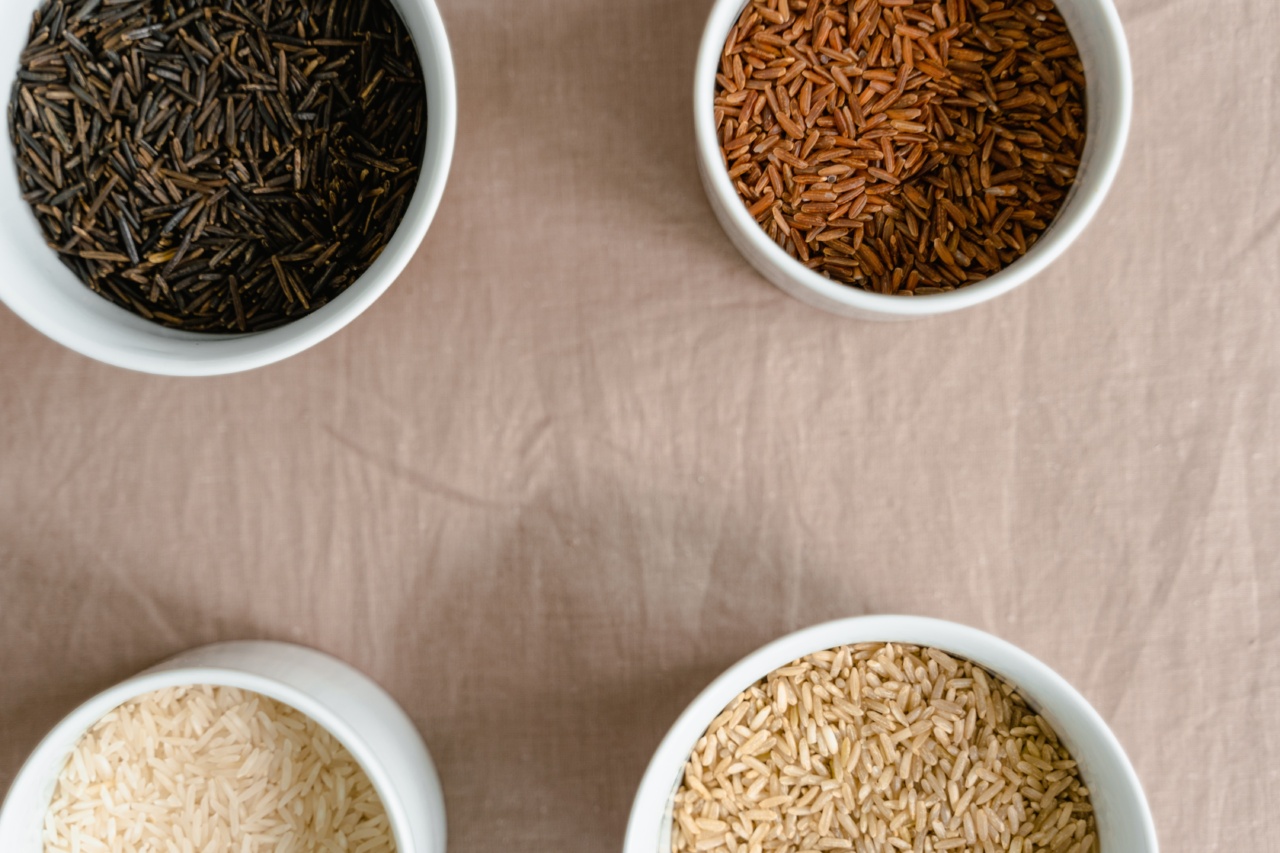When it comes to rice, there are various options available in the market. Among them, the most common types are brown rice and white rice.
While both these varieties have their own distinctive taste and texture, they also differ significantly in terms of nutritional content. So, which one should you choose? In this article, we will compare brown rice and white rice, taking into account their nutritional value, health benefits, and potential drawbacks, to help you make an informed decision.
What Is Brown Rice?
Brown rice is a whole grain rice variety that retains its bran, germ, and endosperm layers, making it a more nutritious choice compared to white rice.
The bran and germ layers contain essential nutrients and fiber, which are largely removed during the processing of white rice.
What Is White Rice?
White rice is the most commonly consumed type of rice worldwide. However, unlike brown rice, it undergoes a refining process that removes the bran and germ layers, leaving only the endosperm.
This process gives white rice a longer shelf life but also eliminates many beneficial nutrients found in brown rice.
Nutritional Value Comparison
When it comes to nutritional value, brown rice surpasses white rice due to its higher content of essential nutrients and fiber. Let’s compare the nutritional profiles of both:.
1. Fiber Content
One of the notable differences between brown rice and white rice lies in their fiber content. Brown rice contains around 1.8 grams of fiber per 100 grams, while the same quantity of white rice contains only 0.4 grams.
Fiber plays a crucial role in maintaining a healthy digestive system and may help prevent conditions like constipation and diverticulitis.
2. Vitamin and Mineral Content
Brown rice is also richer in vitamins and minerals compared to white rice. It contains higher levels of B vitamins such as thiamin, riboflavin, niacin, and vitamin B6.
Additionally, brown rice is a great source of minerals like magnesium, phosphorus, and selenium. These nutrients are essential for various bodily functions, including energy production, bone health, and immune function.
3. Antioxidant Activity
The bran layer present in brown rice contains antioxidants that are largely absent in white rice.
Antioxidants help protect the body against damage caused by harmful free radicals, potentially reducing the risk of chronic diseases such as heart disease, cancer, and diabetes.
Health Benefits of Brown Rice
Choosing brown rice over white rice can provide you with several health benefits. Here are some notable advantages:.
1. Weight Management
The higher fiber content in brown rice can promote a feeling of fullness and help control appetite. This can be particularly beneficial for individuals looking to manage their weight or lose weight.
2. Blood Sugar Regulation
Due to its lower glycemic index compared to white rice, brown rice causes a slower and more gradual increase in blood sugar levels. This can be advantageous for individuals with diabetes or those at risk of developing the condition.
3. Heart Health
The bran layer in brown rice contains oils that have been associated with a reduced risk of heart disease. Studies have shown that regular consumption of brown rice can help lower LDL cholesterol levels and improve overall heart health.
Drawbacks of Brown Rice
While brown rice offers many health benefits, it is important to consider some potential drawbacks:.
1. Longer Cooking Time
Due to its intact bran layer, brown rice tends to take longer to cook compared to white rice. This may require some additional planning and preparation, particularly if you are short on time.
2. Texture and Taste
Brown rice has a chewier texture and nuttier flavor compared to white rice. While some people enjoy these characteristics, others may find them less appealing. Ultimately, the preference for texture and taste varies from individual to individual.
The Case for White Rice
Despite the nutritional advantages of brown rice, white rice also has its benefits in certain situations:.
1. Easily Digestible
The refining process that white rice undergoes makes it more easily digestible compared to brown rice. This can be advantageous for individuals with digestive issues or those recovering from illness.
2. Source of Energy
White rice is a high-carbohydrate food and provides a quick source of energy for the body. This can be beneficial for athletes or individuals engaged in intense physical activities.
Conclusion
When it comes to choosing between brown rice and white rice, it is important to consider your personal health goals and preferences.
While brown rice undoubtedly offers superior nutritional value and health benefits, white rice can still be incorporated into a balanced diet for specific needs such as quick energy replenishment or easy digestion. Ultimately, it is advisable to opt for whole grain brown rice whenever possible, but occasionally incorporating white rice in moderation can be a reasonable choice.






























